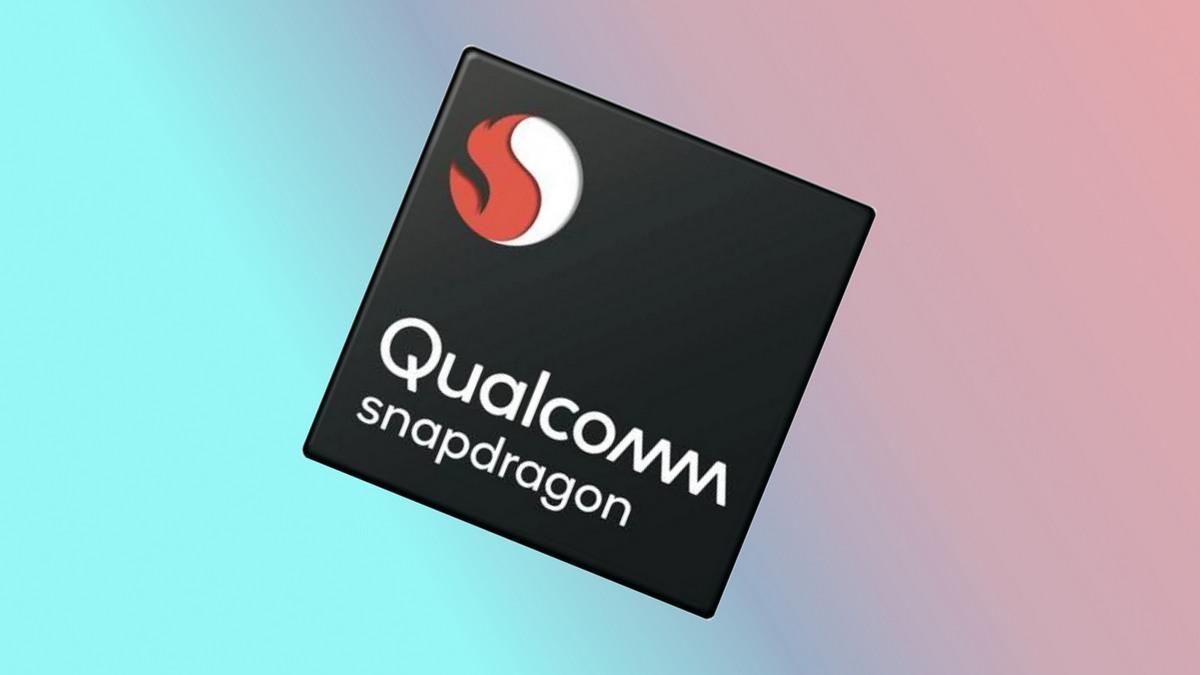After kickstarting the 5G smartphone wave with the flagship Snapdragon 800-series chips, Qualcomm turned its attention to the mid-range segment to make 5G phones more accessible. And one chipset, in particular, that saw widespread adoption was the Snapdragon 765/7565G since its launch back in December of 2019. After a successful run powering some popular devices such as the OnePlus Nord, Qualcomm is now preparing a successor called Snapdragon 775 / 775G, and its key details have now been allegedly leaked.
Qualcomm's upcoming mid-range chipset makes the jump to 5nm process
The details, which allegedly come from leaked presentation slides, suggest that Qualcomm is again readying two variants of the upcoming chipset – the vanilla Snapdragon 775 and a slightly beefier Snapdragon 775G version. Notably, it will be based on the 5nm process, which has so far been limited to flagship SoCs such as Qualcomm’s Snapdragon 888, Samsung’s Exynos 2100, and Apple’s Bionic A14 powering the iPhone 12 series.
Image Credit:
Coming to the core architecture, the Snapdragon 775/775G duo will employ custom Kryo 600-series cores, but the core configuration remains a mystery at this point. It will support LPDDR4X memory ticking at 2400MHz as well as the faster LPDDR5 standard clocked at 3200MHz – and dual-channel UFS 3.1 memory.
And to handle the imaging department, Qualcomm will arm the Snapdragon 775/775G with Spectra 570 ISP that supports 4K video recording at 60FPS. Additionally, it allows simultaneous capture from triple 28MP cameras or a 60MP+20MP setup.
Snapdragon 775/775G will bring support for 4K 60FPS video capture and Wi-Fi 6E
Coming to the connectivity department, Qualcomm is upping the ante by adding support for Wi-Fi 6E and Bluetooth ‘Milan’ – which likely is the code for Bluetooth v5.2 standard. It will also bring support for dual-mode 5G (SA + NSA) in both Sub-6 GHz and mmWave flavors.
From the looks of it, the Snapdragon 775/775G appears to be quite a capable SoC, but it is unclear when it comes out and what phones will it drive. Moreover, it looks like a true Snapdragon 765/765G successor, as the freshly-launched Snapdragon 768G didn’t bring meaning many meaningful upgrades to the table and was based on the older 7nm EUV process.
VIA: XDA-Developers


